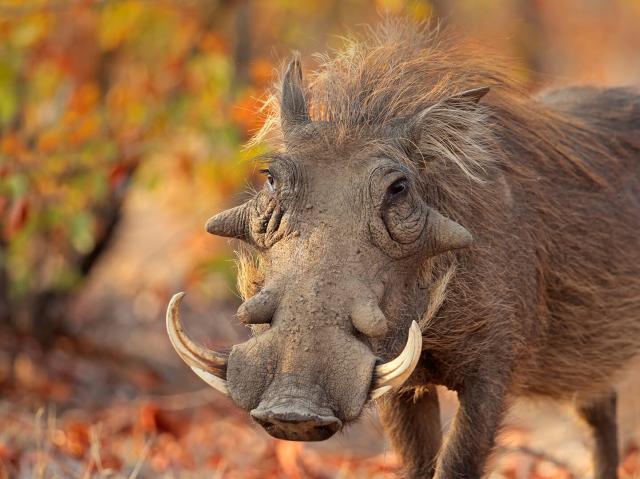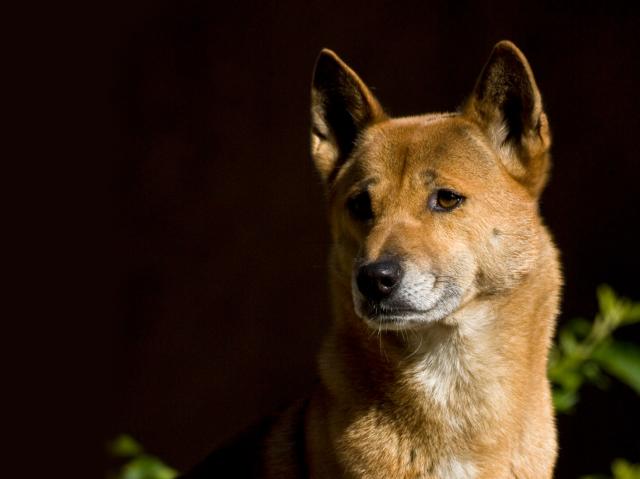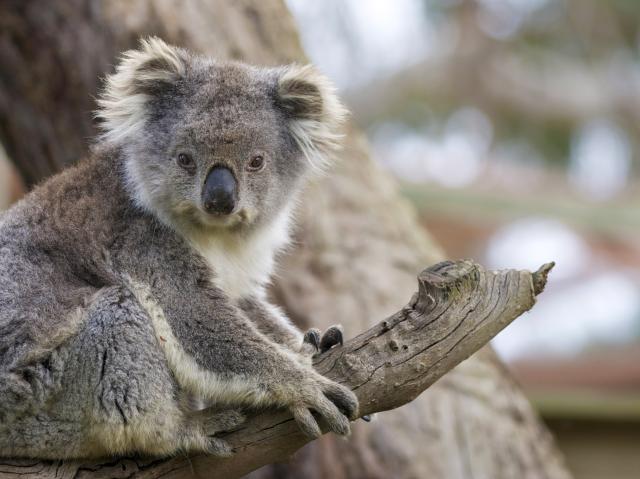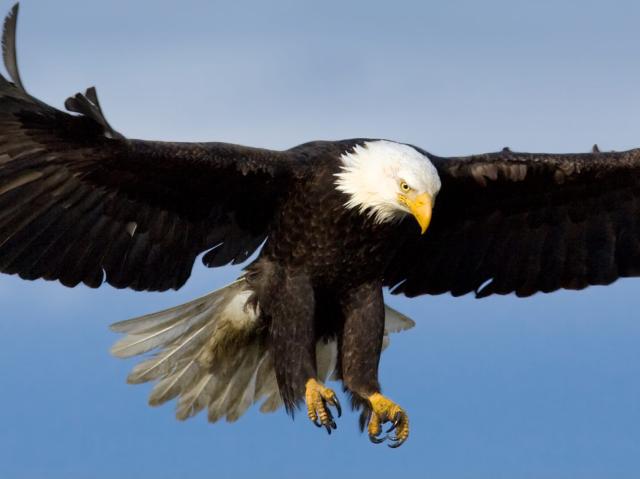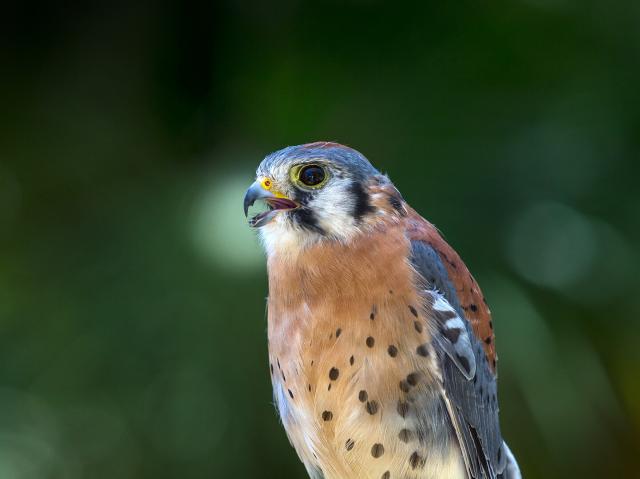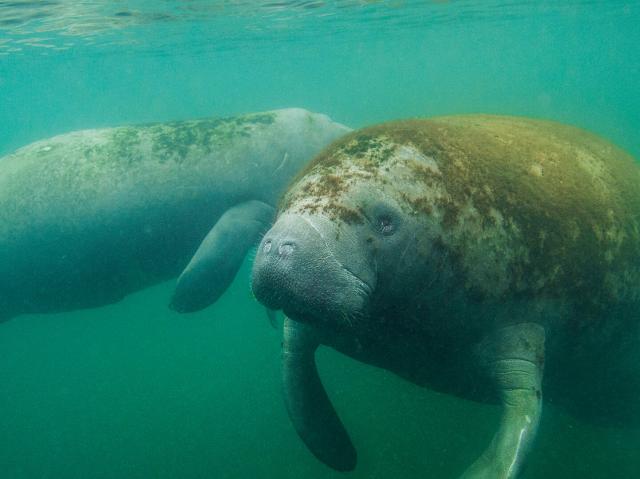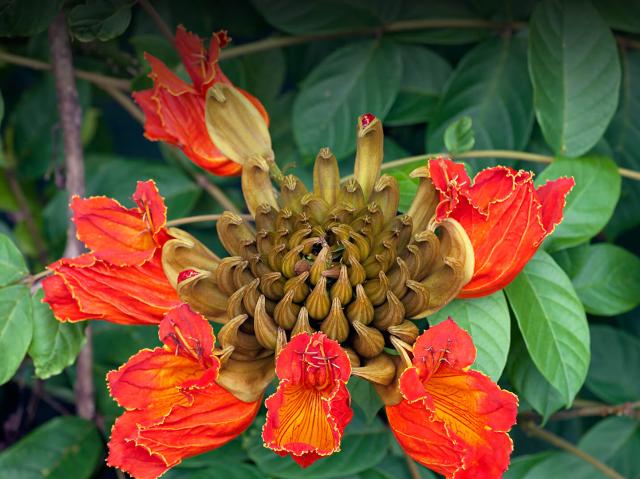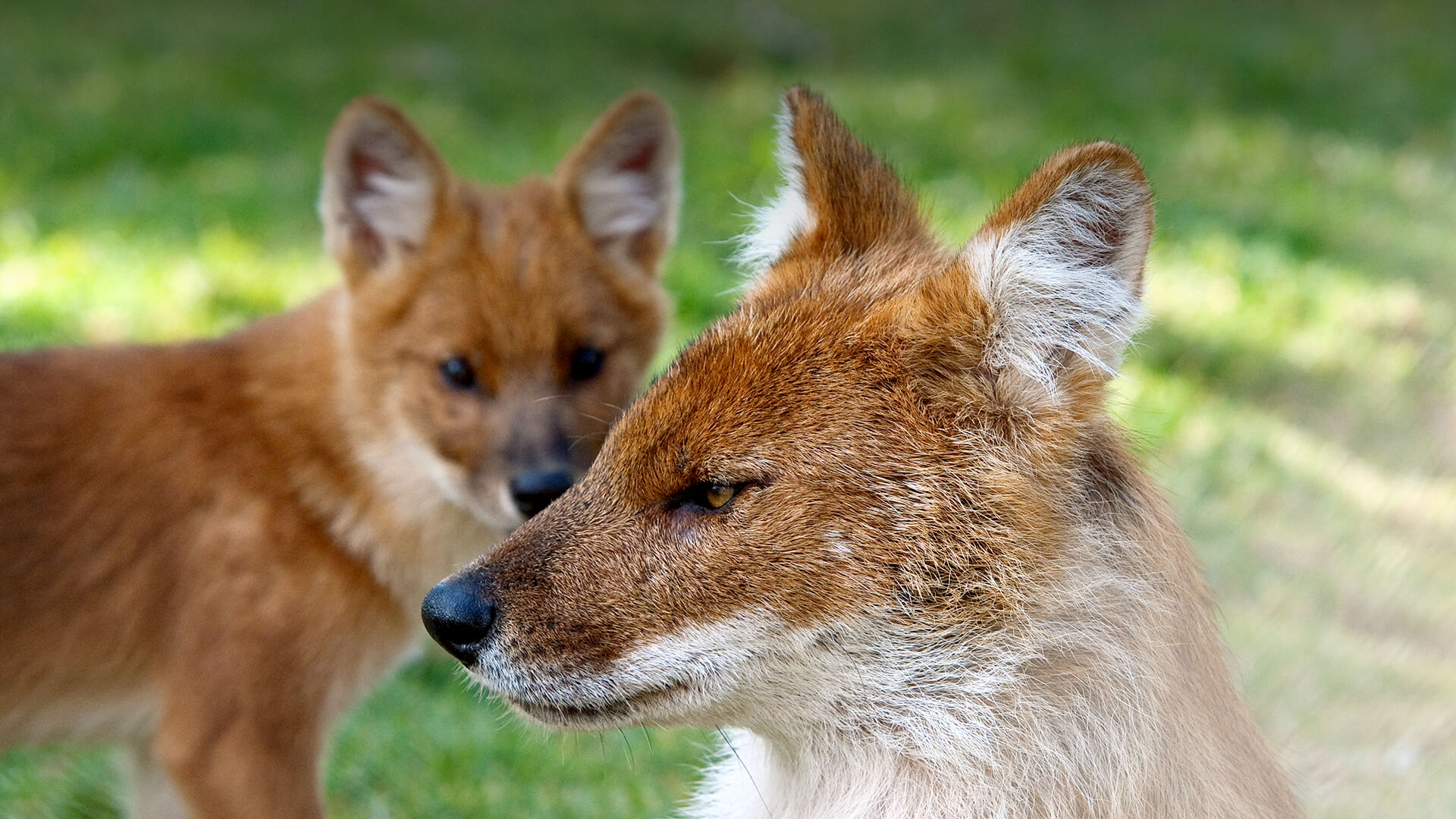
Dhole

- CLASS: Mammalia (Mammals)
- ORDER: Carnivora
- FAMILY: Canidae
- GENUS: Cuon
- SPECIES: alpinus
- SUBSPECIES: 10

ABOUT
Dholes are dogs! The dhole (pronounced "dole") is also known as the Asiatic wild dog, red dog, and whistling dog. It is about the size of a German shepherd but looks more like a long-legged fox. This highly elusive and skilled jumper is classified with wolves, coyotes, jackals, and foxes in the taxonomic family Canidae.
Dholes are unusual dogs for a number of reasons. They don’t fit neatly into any of the dog subfamilies (wolf and fox, for instance). Dholes have only two molars on each side of their lower jaw, instead of three, and have a relatively shorter jaw than their doggie counterparts. Also, female dholes have more teats than other canid species and can produce up to 12 pups per litter.
Dholes are incredibly athletic. They are fast runners, excellent swimmers, and impressive jumpers. These skills are critical when the pack is hunting. In some protected areas, they share habitat with tigers and leopards.
HABITAT AND DIET
Found in eastern and southern Asia, from Siberia in the north to the Malay Peninsula in the south, dholes occupy a wide variety of climates and habitats, including dense forests, scrub, steppes, and alpine regions. They vary in color from charcoal gray to rust red to sandy beige, depending on their habitat. Their tail is brushy and fox-like, often with a black tip. These wild dogs usually have a white belly, chest, and feet, but not always.
Adult dholes have a long tail and rounded ears, and the males tend to be larger and heavier than the females. Dholes are also very good at adapting to their surroundings, like most dog species. They maintain a very large territory—up to 34 square miles (88 square kilometers)!
Dholes are incredibly athletic. They are fast runners, excellent swimmers, and impressive jumpers. These skills are critical when the pack is hunting. In some protected areas, they share habitat with tigers and leopards.
Dholes are great communicators and use an eerie whistle to communicate with each other. They also use a variety of other noises, including clucks and high-pitched screams that are not found anywhere else in the canid families. One of the reasons dholes keep such a large home range is the need to find enough prey to eat. Dhole packs often hunt as a group, with one lead dog in charge.
The dholes use these sounds when hunting together. Such communication helps them take down prey many times their own body weight. They then swallow the meat in large chunks and actually carry it back to pack members that way! Like other dogs, dholes use their keen sense of smell to track prey. They have even been seen chasing their prey into water to help slow it down.
Dholes prey on hoofed mammals—in India, they eat deer, wild pigs, buffalo, and wild goats. In Southeast Asia, dholes feed on deer, gaur, and banteng, and in Siberia, they eat deer, wild sheep, and reindeer. Dholes also eat berries, bugs, lizards, and rabbits and can hunt well on their own if needed.
At the San Diego Zoo Safari Park, the dholes are fed a ground meat diet made for zoo carnivores, bones to chew on twice a week, and thawed rabbits once a week.
FAMILY LIFE
Dholes, like other dogs, are social and live in a group called a pack. Just like dogs you may know, dholes happily wag their tails at one another in greeting! The pack works together to feed and care for itself. Each pack has 5 to 12 members, but its members also work or play with dholes from outside of their own pack.
Sometimes dhole packs get together to form super packs of up to 30 or more animals. They hunt together, share their prey, and then separate again into the original smaller groups. Inter-pack aggression is rare, perhaps because neighboring packs tend to be related to one another. Dhole packs live in burrows with multiple entrances.
Dholes are similar to painted dogs: there is one dominant monogamous pair, and the entire pack contributes to the care and feeding of that pair’s pups. This is called cooperative breeding. Breeding season in November and December includes two weeks of courting and two weeks of breeding.
Other pack members bring food to the nursing mother and pups by regurgitating it from their stomach after a hunt. Once the pups are old enough to join the main pack, they are allowed first dibs on the kills. When the pups reach about three years of age, the females head off to live with other packs. This results in an unusual and skewed male/female mix in dhole packs: sometimes there is only one female in a pack full of males!
CONSERVATION
The highly social and cooperative dhole suffers greatly from habitat loss and fragmentation. Disease and human conflict threaten dholes, which are now listed as an endangered species. Their supply of prey is also running out in several areas. Dholes can easily catch diseases like distemper and rabies from domestic dogs brought by humans moving into the wild dogs’ habitat. In some places, dholes are trapped and poisoned, and their dens destroyed, because they are viewed as dangerous pests.
The primary threat for dholes, though, is habitat loss. As dholes lose places to live and reproduce, so do their prey. If there is nowhere safe to live and nothing to eat, then the dhole will slowly die out. It was estimated in 2008 that there were less than 2,500 adult dholes in the wilderness.
Skittish, high-strung, and sensitive, dholes are tricky to breed and maintain in zoos. There are only three facilities in the US that have them. The Minnesota Zoo, The Wilds in Ohio, and the San Diego Zoo Safari Park are the only North American facilities that have breeding pairs. The Safari Park has the largest pack of dholes in managed care in the US as part of our long-range conservation efforts.
San Diego Zoo Wildlife Alliance funds and supports dhole conservation efforts in southern Asia for this handsome hunter. We are also involved in a detailed study aimed at increasing our understanding of vocal communication in dholes, the whistling hunters of the wilderness!
By supporting San Diego Zoo Wildlife Alliance, you are our ally in saving and protecting wildlife worldwide.
Sounds
LIFE SPAN
About 10 years in the wild; up to 16 years in zoos
YOUNG
Gestation: 60 to 62 days
Number of young at birth: 3 to 4 is common; up to 12 possible
Age of maturity: Fully grown at 1 year; sexually mature at about 3 years old
SIZE
Length: About 3 feet (almost 1 meter)
Height: 20 inches (50 centimeters) at shoulder
Weight: Females, 22 to 29 pounds ( 10 to 13 kilograms): males, 33 to 44 pounds (15 to 20 kilograms)
Tail length: 15 to 18 inches (40 to 45 centimeters)
FUN FACTS
The dhole makes some extraordinary sounds: it can whistle, scream, mew, and even cluck like a chicken.
The whistling sound the dhole is known for is so distinct, it can be used to identify individual animals.
A dhole can jump over 7 feet (2.1 meters) straight up into the air.
When hunting as a pack, dholes can catch prey over 10 times their own body weight and can even fend off a tiger.



